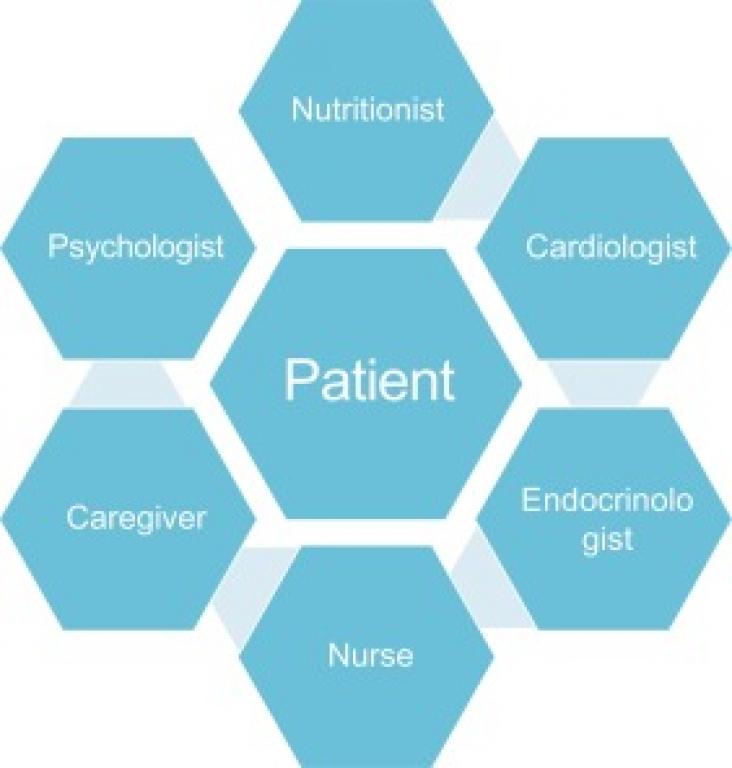This chapter supports SDGs 3, 11, and 16 by exploring the process of humanitarian mapping, the production of spatial data and cartographic products to improve situational awareness and decision-making around humanitarian issues from acute events such as natural disasters and public health emergencies to longer term events such as refugee crises and political unrest.
This book chapter advances SDG 3 and 6 by discussing decontamination of water supply and prevention/treatment of waterborne microorganism transmission in healthcare settings.
Background: Compared to previous neuropsychological investigations with standard paper-pen tests limited to test complex spatial learning and memory processes, 3-D virtual immersive technology might o

Neuropathic pain (NeuP) arises due to injury of the somatosensory nervous system and is both common and disabling, rendering an urgent need for non-addictive, effective new therapies.
Background: Women across the world are mistreated during childbirth.
An Ultra-High Performance Liquid Chromatography combined with Time-of-Flight Mass Spectrometry (UHPLC–ToF-MS) method has been developed for determination of nine mycotoxins, namely aflatoxins (AFB1, A
Study objective: We examine racial and ethnic differences in opioid prescribing and dosing for long bone fractures at emergency department (ED) discharge.

Discusses the universe of chronic disease and telehealth, from the patients’ perspective. The goal of SDG target 3.4.1 is to reduce the mortality rate attributed to cardiovascular disease, cancer, diabetes or chronic respiratory disease.
Background: Future Expectation is important for motivation and wellbeing, however drastic life events such as in refugee situations may result in low expectations.

